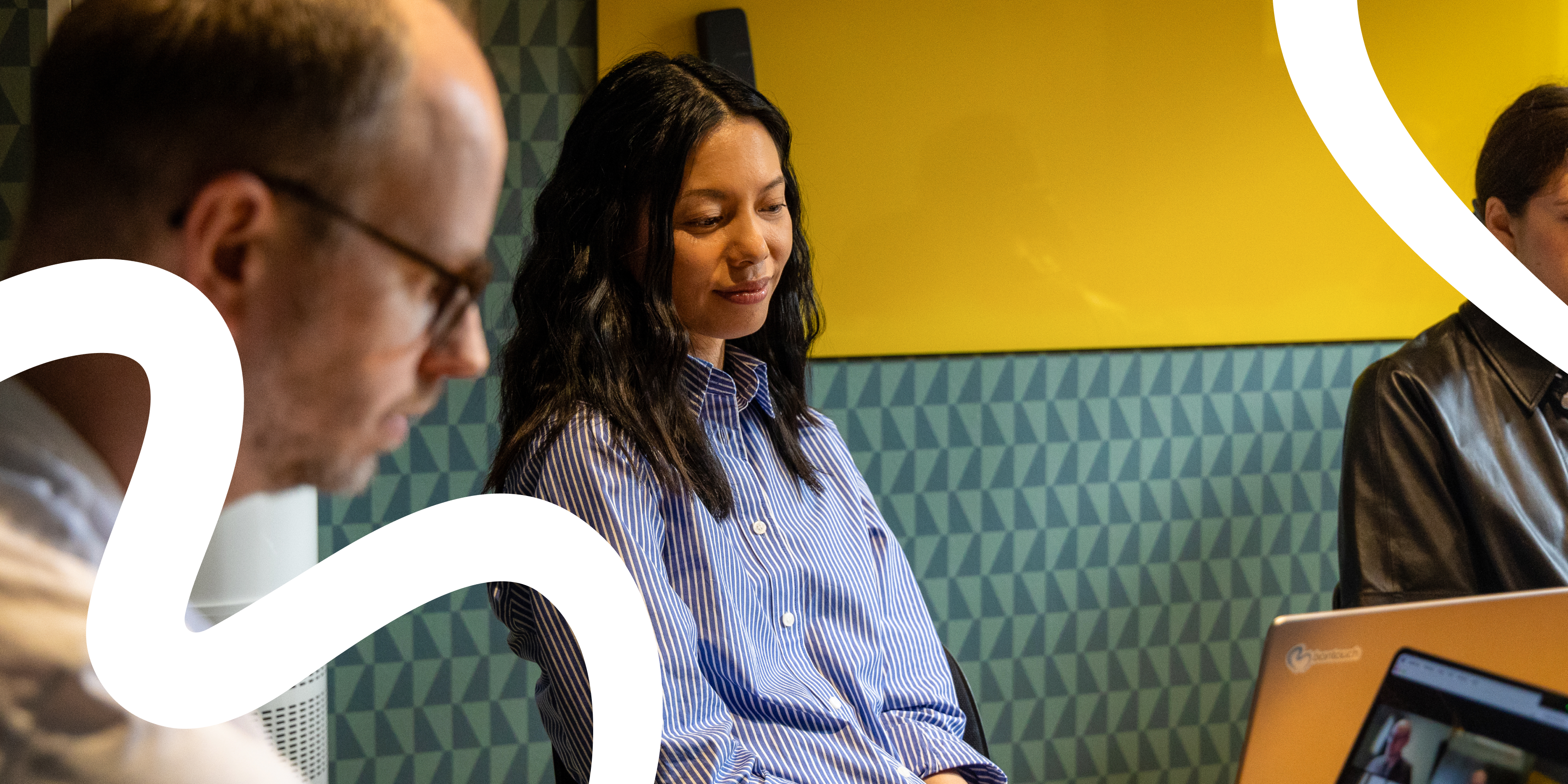
How to work with Continuous Discovery
-
.png) Michelle Cañada
Michelle Cañada
Do you feel like you’re stuck in maintenance mode or feature factory? Don’t worry – we all end up there sometimes. During certain periods, it might even be necessary to focus solely on maintenance. However, the long-term problem is that it can stifle innovation and make products lose their competitive edge over time if you don’t balance it with exploring new ideas. Luckily, the solution is much simpler than you probably imagine.
In my opinion, fostering innovation isn’t just about organizing major hackathons or embarking on lengthy innovation sprints. While these events can yield impressive results and energize teams, true breakthroughs often arise from the consistent, smaller efforts we make. It's the regular, dedicated practices of innovation and continuous discovery that truly transform our work and keep us at the forefront of technology and market trends. Instead of waiting for annual events to catalyze innovation, embedding a culture of ongoing creativity and exploration into our weekly routines can lead to more sustainable and impactful innovations. This approach ensures that innovation is not an occasional event but a continuous undercurrent that drives our projects and strategies forward every day.
First, a note on individual vs. team creativity
An individual's creativity can be seen as a function influenced by several key factors, such as having sufficient knowledge in the relevant domain and personal motivation to explore new ideas. Most of the factors can be improved to a certain extent. On the other hand, team creativity is not just about every person's creative level but also about the environment they work in and how well they collaborate. Fostering teamwork and providing room for experimentation cultivates an environment where collective creativity can thrive. The rest of this article is about how to start creating that ground for your team.

Make time and space
First of all, if there’s no dedicated time to work with innovation and continuous discovery, it is unlikely to happen at all. Start small by setting aside some time each week for pure product discovery within the team. For example, my team started out by having weekly one-hour discovery sessions, during which we were only allowed to explore new ideas and not discuss issues in our ongoing deliveries. Another common alternative is to have a longer discovery session by the end of each sprint to allow for more hands-on work.
The weekly discovery sessions might feel a bit forced and unnatural in the beginning as you’re probably not used to deep-dive into exploration on a regular basis. However, stick to the commitment and do not cancel them in favor of other pressing meetings or issues. Prioritizing discovery sends a signal to the rest of the team that this is a crucial part of the process of finding out how to build the right product.

Strive to be a mix of roles
In my experience, discovery tends to be done by a few people in product teams, more specifically, those who have design or product management roles. However, the best discoveries are made when you have a mix of competencies needed to validate a solution in terms of value, usability, feasibility, and business viability. Make sure to involve developers early on, as they have invaluable insights into what is technically possible and how to leverage new technology.
It might not be feasible for the whole team to participate in every discovery session, as there needs to be a balance between discovery and delivery in each team. In my team, we try to always have at least one member from each discipline (e.g., design, iOS, Android) present and rotate participants to spread the knowledge and give everyone the opportunity to bring their expertise and insights to the table.
Avoid analysis paralysis by limiting the scope
Setting some boundaries or a theme for every discovery session can actually provide more efficiency than having none since trying to be innovative in general can feel overwhelming. Using the latest trends or technologies as an outlook for your team’s discovery is one obvious way to do it, especially now when we live in a time of fast technological development. For example, we had Generative AI as a theme for a month and tried to discover ways of applying that technology to solve real user problems that we had experienced in our product. This resulted in two proof-of-concepts, out of which at least one will be built and released to our users in the coming months.
Another theme could be how to improve a specific flow in the product. With regular user testing, you frequently uncover new themes for discovery. We’ve also found that app reviews are a gold mine to discover new opportunities.

Decide on small, timeboxed prototypes
Always keep the momentum going by deciding on the next course of action each session. If you have a solution idea, make sure to decide what prototypes you should do to test your assumptions. It could be a user prototype or the least amount of code to see how it technically could work.
Conclusion
Get started today! My final tip to you is to bring this approach up at your next team meeting. Ask yourselves, what can you do together to integrate continuous discovery more deeply into your everyday workflows than you did yesterday? How can you turn every week into an opportunity for innovation?
Celebrate successes and learn from setbacks to keep the team motivated. Building a culture of innovation takes patience and persistence, but the commitment to these practices will enhance your products and team dynamics over time. Start small and let continuous discovery drive your team to new heights of innovation and market relevance.